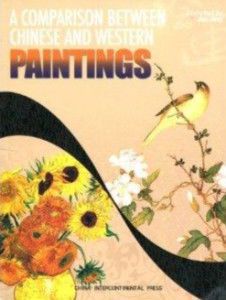
Chinese Painting: An Artistic Legacy in English Perspective
康奈尔大学 绘画 画画 巫鸿 高居翰 巧手 画卷 校园 画史 英语 中英 烟台 重屏 跟读 上海人民出版社 文丹发布日期: 2025-07-11

The art of Chinese painting, known as "Guóhuà" (国画) in Mandarin, represents one of the world's oldest continuous artistic traditions. When discussed in English contexts, it is often referred to as "Chinese painting" or "traditional Chinese brush painting." This art form distinguishes itself through its unique tools—ink brushes, rice paper, and ink sticks—and philosophical underpinnings rooted in Daoism and Confucianism.
A key characteristic of Chinese painting is its emphasis on harmony between humanity and nature. English-language scholarship frequently highlights the "Three Perfections": poetry, calligraphy, and painting combined in a single artwork. Landscape paintings ("Shānshuǐhuà") dominate Western collections, with artists like Fan Kuan (范宽) and Guo Xi (郭熙) becoming familiar names in international art history textbooks.
Western audiences often encounter Chinese painting through museum exhibitions bearing English titles like "Masterpieces of Chinese Ink Wash" or "The Literati Tradition." Technical terms such as "gongbi" (meticulous brushwork) and "xieyi" (freehand style) have entered English art vocabulary without direct translation. The British Museum's 2023 exhibition "China's Hidden Century" notably featured numerous painting scrolls with bilingual interpretations.
Contemporary discourse in English explores how Chinese painters like Xu Beihong (徐悲鸿) synthesized Eastern and Western techniques. Academic journals publish comparative studies with titles like "Chinese Ink Versus Western Oil: A Dialog of Mediums." Digital platforms now provide English explanations of classical works such as "Along the River During the Qingming Festival" (清明上河图), making this art form more accessible globally.
The translation of seals and inscriptions remains a challenge for English-language exhibitions. Major auction houses like Sotheby's employ specialists to create English catalog entries that convey not just visual descriptions but cultural contexts. Recent PhD dissertations at Harvard and Oxford have examined the reception of Chinese painting in English-speaking art markets since the 18th century.

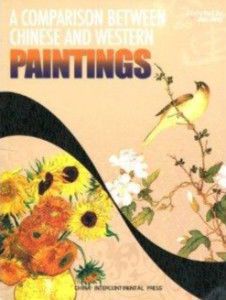
Chinese Painting in English: A Cultural Bridge**
发布日期: 2025-06-10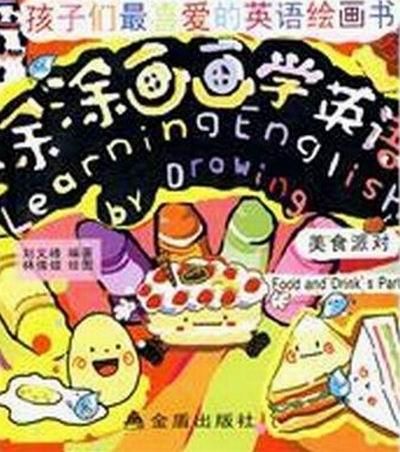
如何通过图片绘画学习英语
发布日期: 2025-06-25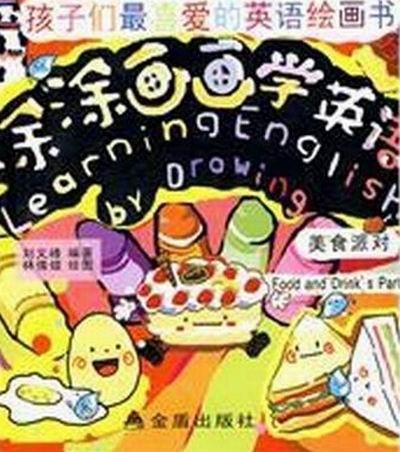
图片绘画英语:用艺术激发语言学习的创造力
发布日期: 2025-06-25
大学绘画专业学什么?
发布日期: 2025-07-14
绘画英语日记:我的一周艺术之旅
发布日期: 2025-06-10
绘画与英语交织的一天
发布日期: 2025-07-04
如何用英文表达“画画”及相关术语
发布日期: 2025-06-21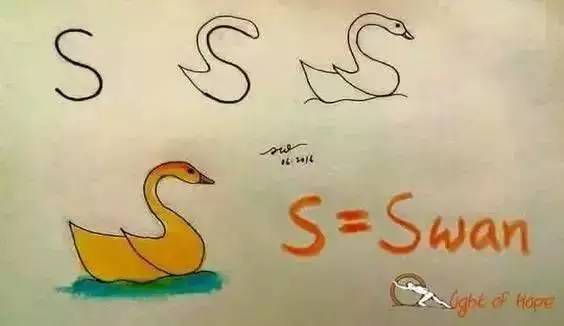
用画画学英语:趣味与效率的双重奏
发布日期: 2025-06-06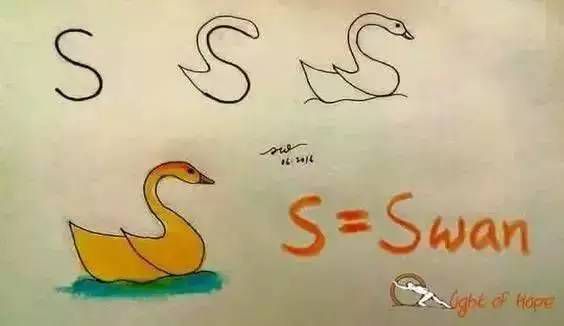
绘画的英文表达与艺术术语解析
发布日期: 2025-06-19
绘画的英文表达及其文化内涵
发布日期: 2025-06-23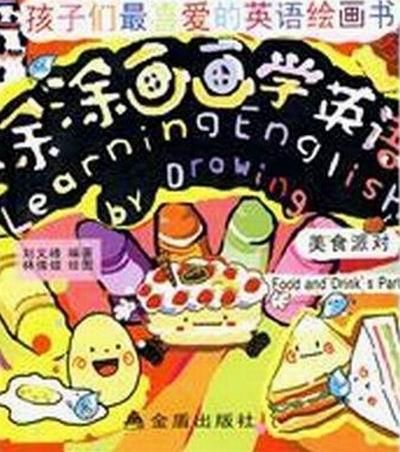
绘画艺术的英语表达指南
发布日期: 2025-06-22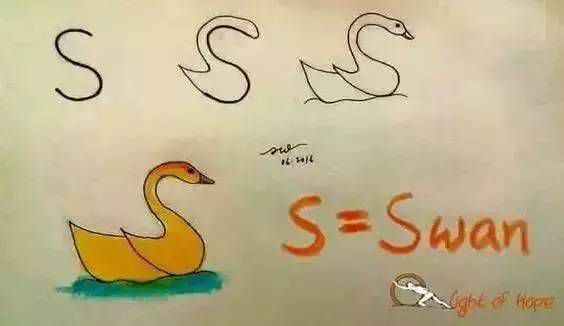
绘画英文:探索艺术与语言的交融
发布日期: 2025-06-25
绘画与英语学习的交融
发布日期: 2025-06-04
从零开始学绘画:0基础入门指南
发布日期: 2025-07-22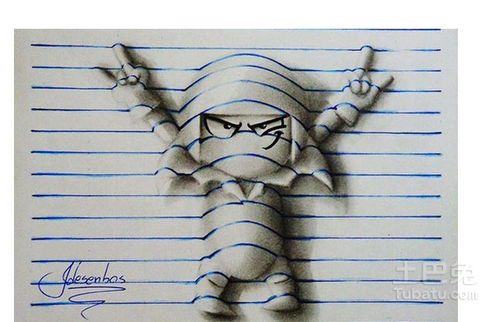
3D绘画教学:从入门到精通
发布日期: 2025-06-12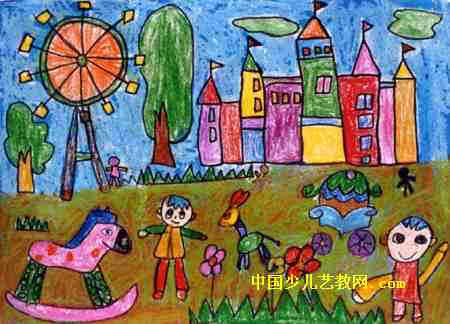
5岁儿童绘画作品的艺术世界
发布日期: 2025-07-31
7岁儿童美术绘画教学指南
发布日期: 2025-07-07
7岁~12岁创意美术画:激发孩子无限想象力的艺术之旅
发布日期: 2025-06-10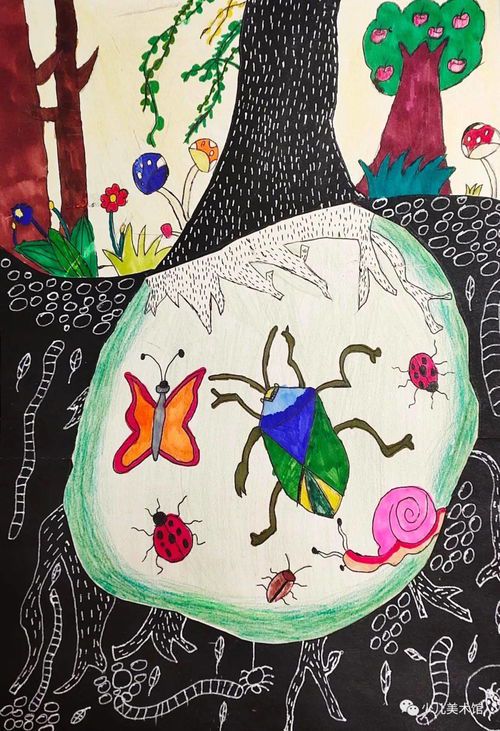
儿童绘画启蒙:7岁~12岁创意成长指南
发布日期: 2025-07-02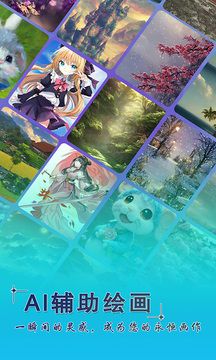
AI绘画辅助:技术与艺术的完美融合
发布日期: 2025-06-15
Procreate画图软件:数字艺术创作的强大工具
发布日期: 2025-06-19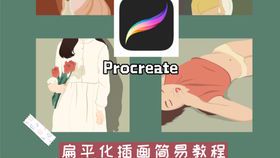
Procreate绘画教学:从入门到精通
发布日期: 2025-06-26